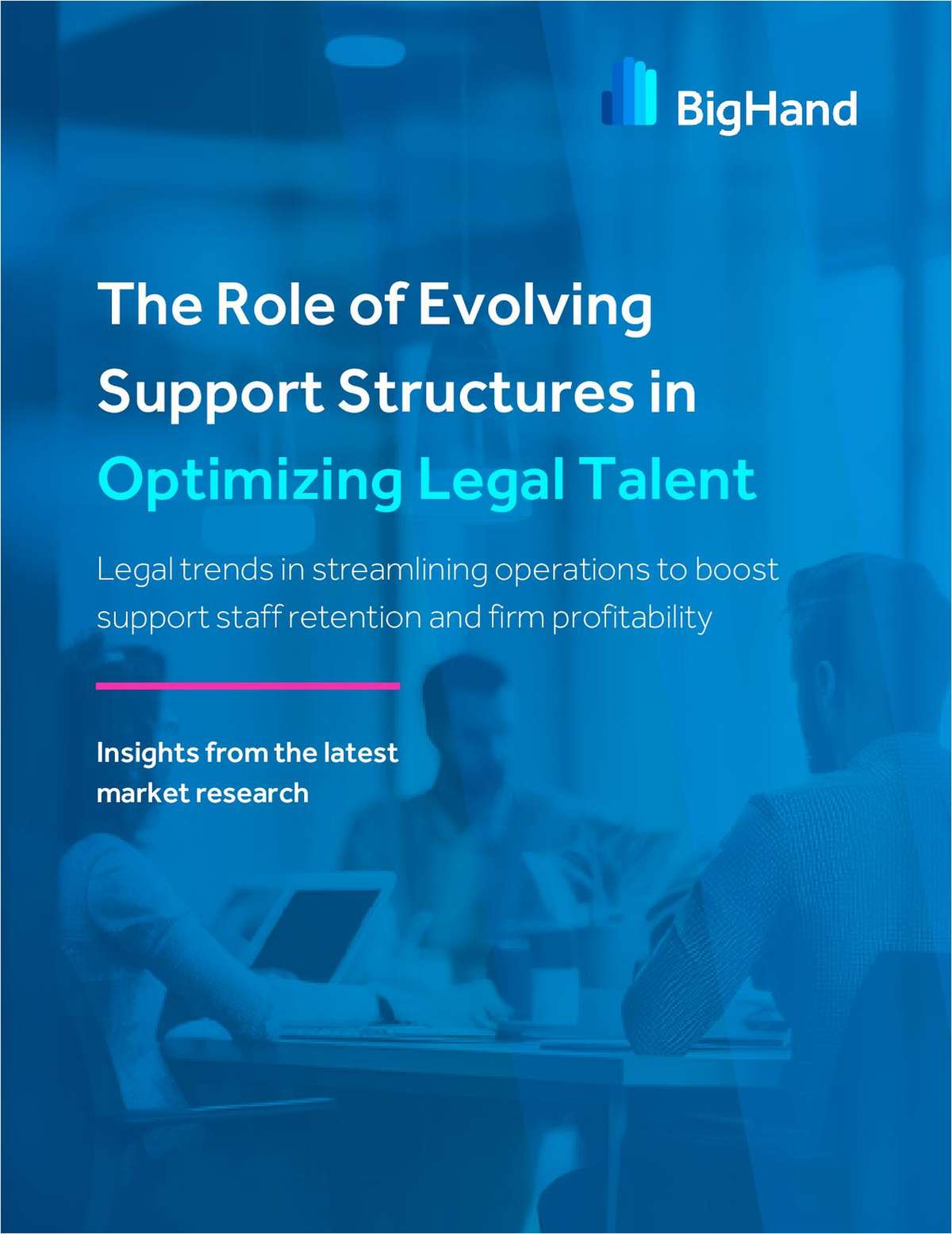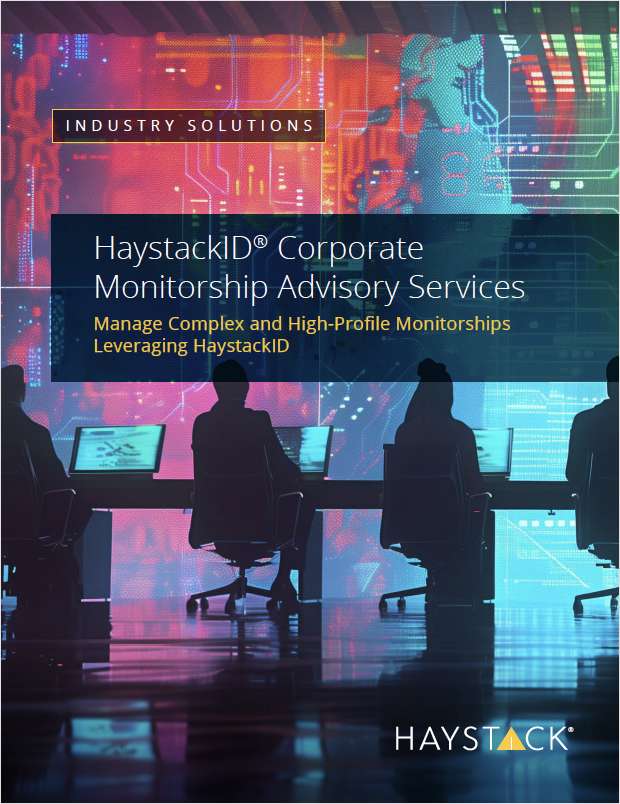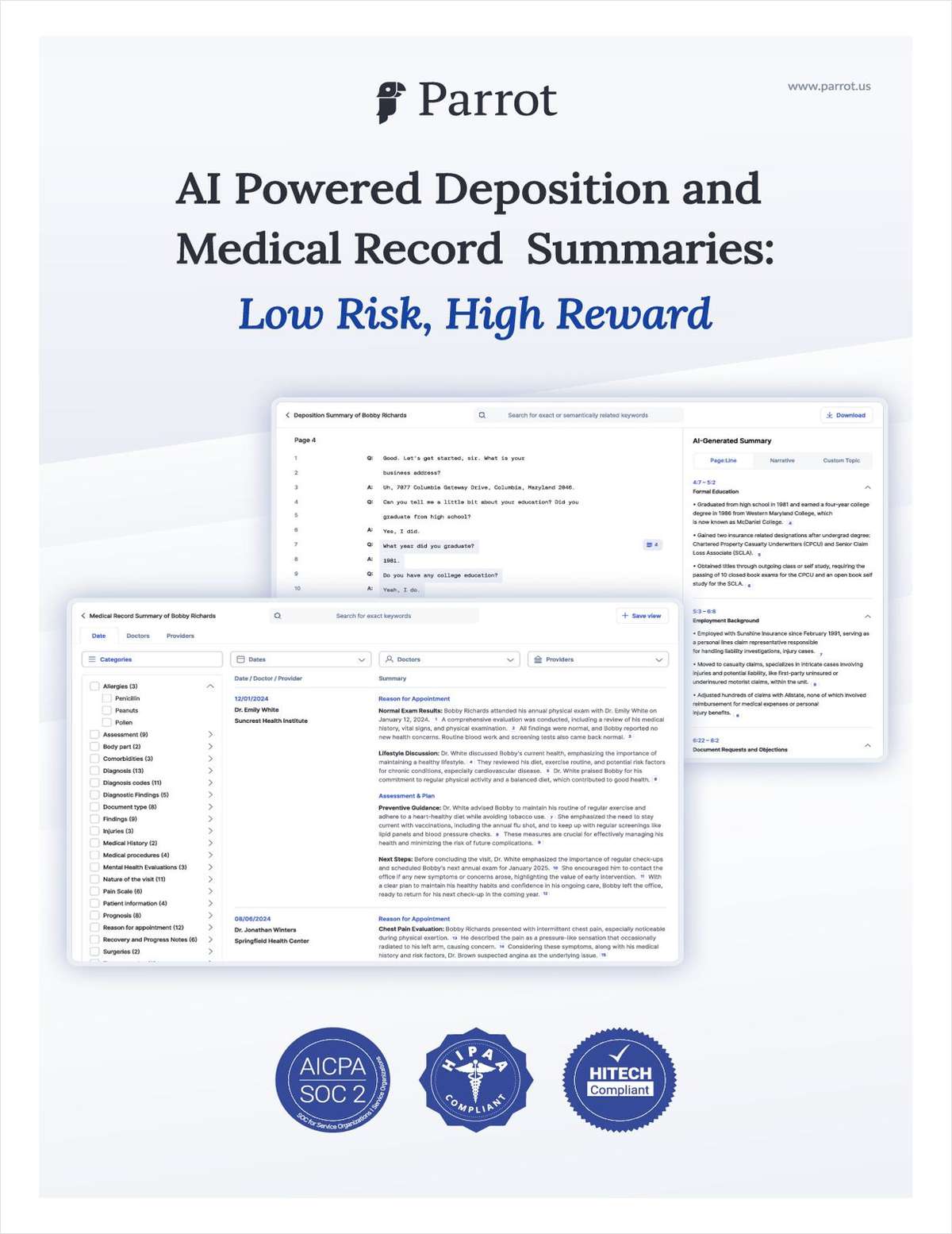Hurdles Ahead on Brett Kavanaugh's Race to One First Street
Will Brett Kavanaugh be seated by the time the new Supreme Court term begins? Here are some time elements to consider.
August 17, 2018 at 12:22 PM
5 minute read
The original version of this story was published on National Law Journal
 U.S. Supreme Court. Credit: Diego M. Radzinschi / ALM
U.S. Supreme Court. Credit: Diego M. Radzinschi / ALM
The legendary “First Monday in October”—the opening day of the Supreme Court's new term—can occur as late as Oct. 8, as the calendar goes. But not this term.
The first Monday this year is Oct. 1, the earliest it can possibly be. And that is just one of several factors that could make it difficult for Brett Kavanaugh—if he is confirmed by the Senate—to hit the ground running.
Senate Judiciary Committee chairman Chuck Grassley, R-Iowa, has set Sept. 4 as the first day for Kavanaugh's confirmation hearing. Assuming that Senate Democrats will be unsuccessful in delaying the hearing, that date may sound like enough time for Kavanaugh to cross the finish line and don his robe for the high court.
But here are some timing elements to consider:
➤➤ The hearing will likely last three or four days. In other words, it wraps up on Sept. 6 or 7.
➤➤ Grassley told a radio host that it would take “probably two weeks” after that to finish a committee vote on his nomination. That's because of permitted delays and post-hearing written questions from senators that Kavanaugh has to answer. So, the committee vote could come as late as Sept. 21.
➤➤ The vote by the full Senate could take several days as well. That could put the vote at Sept. 24. Confirmation and swearing-in could take place by the end of the week.
➤➤ But the court's business begins on Sept. 24 with the “long” conference, where the justices consider hundreds of cert petitions that have piled up over the summer for review. That conference take place a week before the court session begins, by tradition.
➤➤ Obviously, Kavanaugh could not join in the long conference if he's not yet a justice by Sept. 24. But even if the process is fast-tracked and he is sworn in by then, it's not certain he would participate. Neil Gorsuch was sworn in on April 10 last year, and on April 17, the court issued a routine 16-page list of cert grants and denials and other court orders with an asterisk stating, “Justice Gorsuch took no part in the consideration or decision of the motions, petitions, or attorney discipline orders appearing on this order list.”
And these calendar issues are not the only obstacle Kavanaugh faces. What about his chambers? What about his clerks?
Kavanaugh's predecessor, mentor and former boss Anthony Kennedy is clearing out his chambers, but there's no guarantee that the new justice will slide into the same suite.
When a justice retires, his or her chambers go up for grabs by other sitting justices, by seniority. Kennedy's is choice real estate, with a stunning view of the U.S. Capitol. Justice Samuel Alito Jr. is interested in moving in, according to buzz in legal circles. Any such move would open his chambers for other justices. This will take time to sort out.
But even if the moving process is lightning-quick, it is viewed as presumptuous for a nominee to “measure the drapes” and begin occupying the new court chambers before being sworn in. Kavanaugh could work from home, as justices used to do before the court building was completed in 1935. Nothing would keep him from reading cert petitions and briefs online to get up to speed.
As for law clerks, as with most new justices, Kavanaugh will likely draw from the ranks of those who clerked for him as a circuit judge and then went on to clerk at the Supreme Court. They can't start work until Kavanaugh does, but scouting out possible hires could begin quietly after his hearing. The bright side: as a top feeder judge, six of his former clerks are already on the job at the high court clerking for other justices, so he'll be surrounded by friendly faces eager to help.
As with Gorsuch, Kavanaugh's familiarity with the court and his bevy of clerks will help get him through, but the path between now and Oct. 1 may be steeper than it seemed at first.
Read more:
Arnold & Porter's Lisa Blatt Steps Into Fray, Backing Kavanaugh Nomination
Akhil Amar, Liberal Prof at Yale Law, Would Testify for Kavanaugh If Asked
A Record Number of SCOTUS Clerks Are Likely This Term—Thanks to Kennedy
Kavanaugh's Clerk Hires: Inside the Diverse, Ivy-Heavy Group of 48
2 Years Too Early, Kavanaugh Readied for Rehnquist's Departure From Court
This content has been archived. It is available through our partners, LexisNexis® and Bloomberg Law.
To view this content, please continue to their sites.
Not a Lexis Subscriber?
Subscribe Now
Not a Bloomberg Law Subscriber?
Subscribe Now
NOT FOR REPRINT
© 2025 ALM Global, LLC, All Rights Reserved. Request academic re-use from www.copyright.com. All other uses, submit a request to [email protected]. For more information visit Asset & Logo Licensing.
You Might Like
View All
Securities Report Says That 2024 Settlements Passed a Total of $5.2B
3 minute read
Trump's DOJ Delays Releasing Jan. 6 FBI Agents List Under Consent Order
3 minute read

Landlord Must Pay Prevailing Tenants' $21K Attorney Fees in Commercial Lease Dispute, Appellate Court Rules
4 minute readTrending Stories
Who Got The Work
J. Brugh Lower of Gibbons has entered an appearance for industrial equipment supplier Devco Corporation in a pending trademark infringement lawsuit. The suit, accusing the defendant of selling knock-off Graco products, was filed Dec. 18 in New Jersey District Court by Rivkin Radler on behalf of Graco Inc. and Graco Minnesota. The case, assigned to U.S. District Judge Zahid N. Quraishi, is 3:24-cv-11294, Graco Inc. et al v. Devco Corporation.
Who Got The Work
Rebecca Maller-Stein and Kent A. Yalowitz of Arnold & Porter Kaye Scholer have entered their appearances for Hanaco Venture Capital and its executives, Lior Prosor and David Frankel, in a pending securities lawsuit. The action, filed on Dec. 24 in New York Southern District Court by Zell, Aron & Co. on behalf of Goldeneye Advisors, accuses the defendants of negligently and fraudulently managing the plaintiff's $1 million investment. The case, assigned to U.S. District Judge Vernon S. Broderick, is 1:24-cv-09918, Goldeneye Advisors, LLC v. Hanaco Venture Capital, Ltd. et al.
Who Got The Work
Attorneys from A&O Shearman has stepped in as defense counsel for Toronto-Dominion Bank and other defendants in a pending securities class action. The suit, filed Dec. 11 in New York Southern District Court by Bleichmar Fonti & Auld, accuses the defendants of concealing the bank's 'pervasive' deficiencies in regards to its compliance with the Bank Secrecy Act and the quality of its anti-money laundering controls. The case, assigned to U.S. District Judge Arun Subramanian, is 1:24-cv-09445, Gonzalez v. The Toronto-Dominion Bank et al.
Who Got The Work
Crown Castle International, a Pennsylvania company providing shared communications infrastructure, has turned to Luke D. Wolf of Gordon Rees Scully Mansukhani to fend off a pending breach-of-contract lawsuit. The court action, filed Nov. 25 in Michigan Eastern District Court by Hooper Hathaway PC on behalf of The Town Residences LLC, accuses Crown Castle of failing to transfer approximately $30,000 in utility payments from T-Mobile in breach of a roof-top lease and assignment agreement. The case, assigned to U.S. District Judge Susan K. Declercq, is 2:24-cv-13131, The Town Residences LLC v. T-Mobile US, Inc. et al.
Who Got The Work
Wilfred P. Coronato and Daniel M. Schwartz of McCarter & English have stepped in as defense counsel to Electrolux Home Products Inc. in a pending product liability lawsuit. The court action, filed Nov. 26 in New York Eastern District Court by Poulos Lopiccolo PC and Nagel Rice LLP on behalf of David Stern, alleges that the defendant's refrigerators’ drawers and shelving repeatedly break and fall apart within months after purchase. The case, assigned to U.S. District Judge Joan M. Azrack, is 2:24-cv-08204, Stern v. Electrolux Home Products, Inc.
Featured Firms
Law Offices of Gary Martin Hays & Associates, P.C.
(470) 294-1674
Law Offices of Mark E. Salomone
(857) 444-6468
Smith & Hassler
(713) 739-1250








